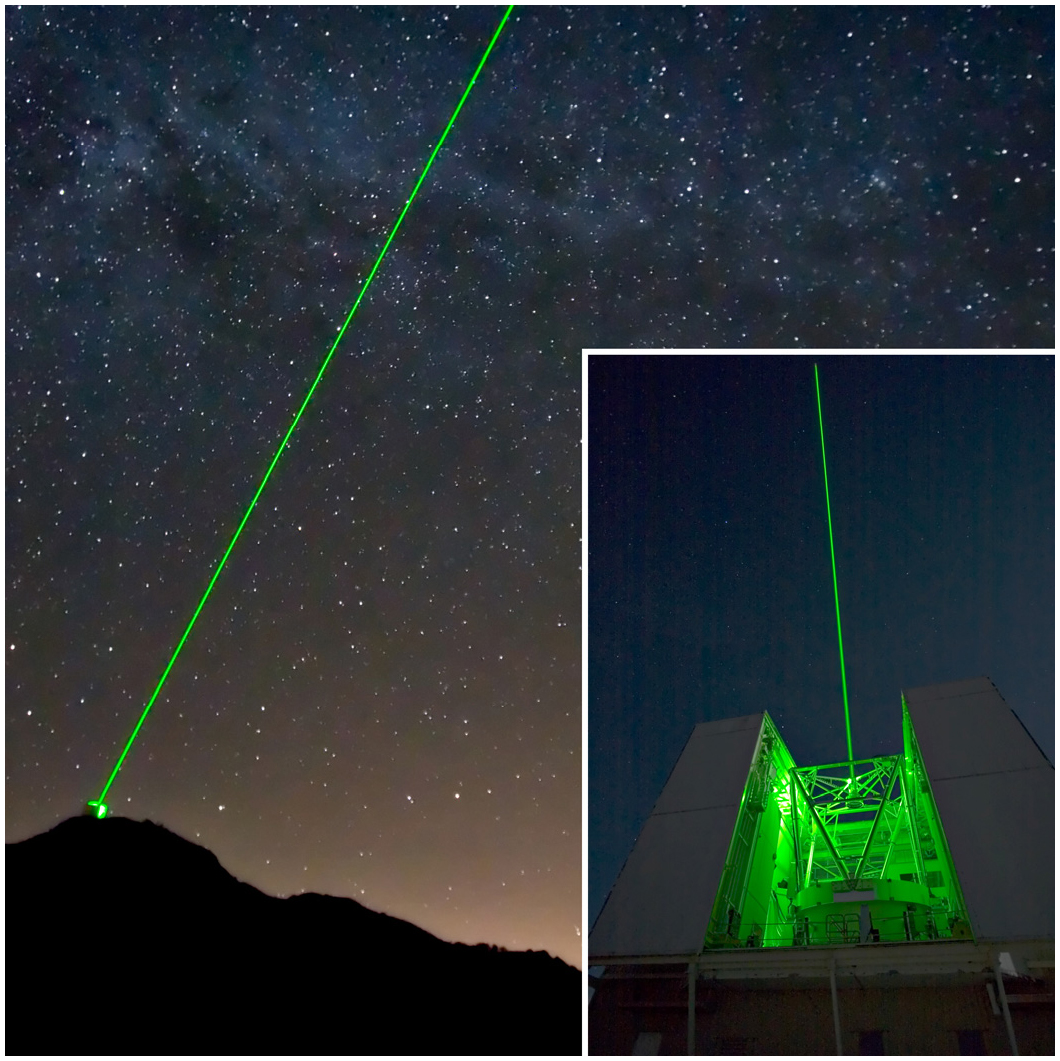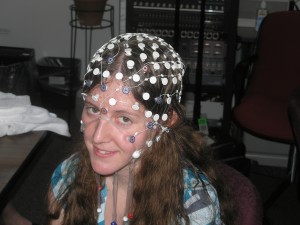Our group will compare the power consumption of three different flash drives (all USB 2.0 drives) in uploading and downloading files. We plan on using the Watts Up pro power analyzer to carry out this task. We will also investigate historical trends in memory costs as well as the role that lasers, light, and electricity play in flash drives.

Taken from Wikipedia







